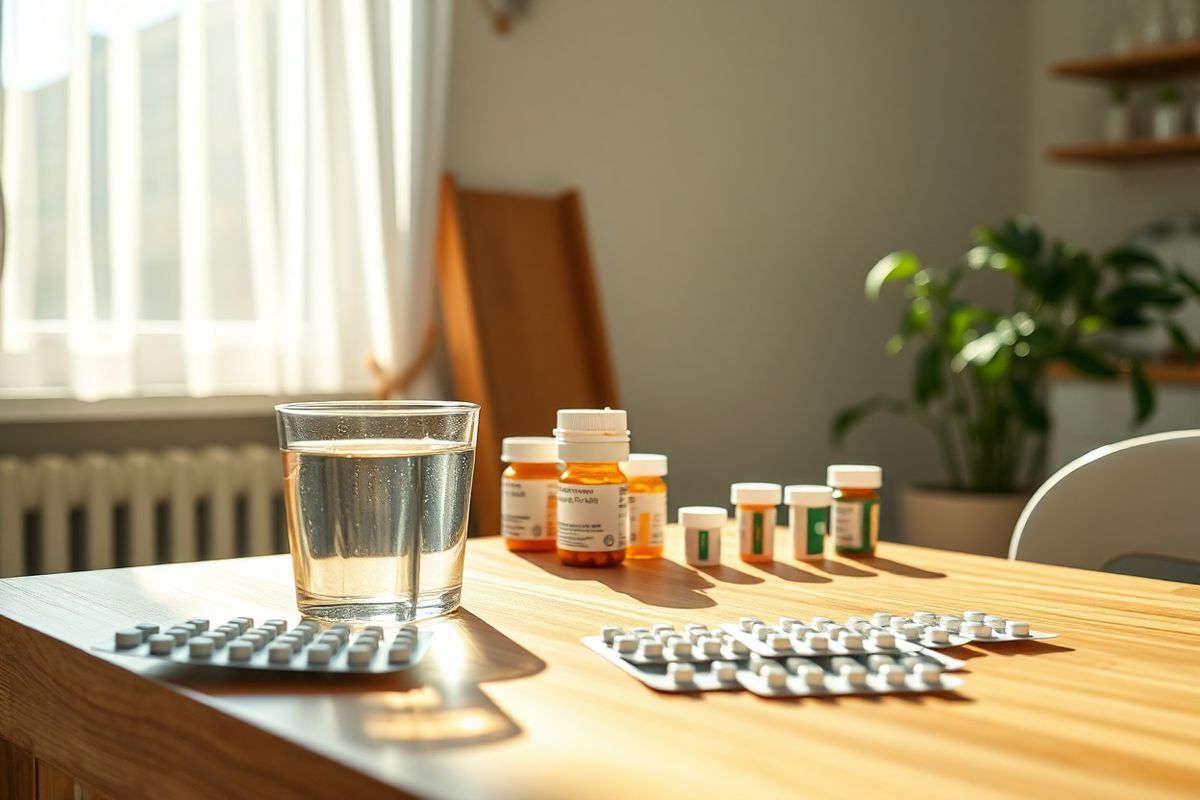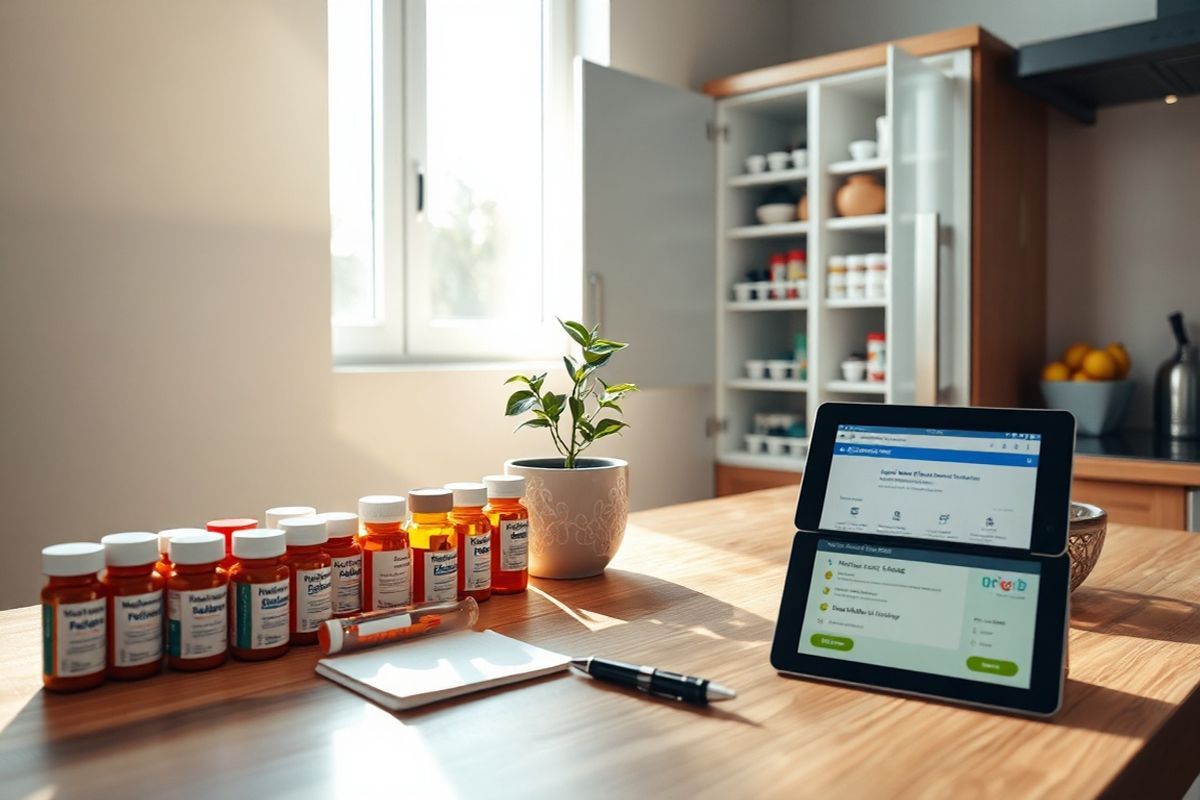Table of Contents
Understanding Self-Administered Drugs: Definitions and Examples

Self-administered drugs are medications that patients take themselves, typically at home, without assistance. Examples include oral medications for chronic conditions like hypertension, diabetes, or hyperlipidemia. In contrast, medications administered in a clinical setting, such as chemotherapy or certain injectable therapies, are not considered self-administered. Understanding these distinctions is crucial for navigating medicare coverage, as medicare generally does not cover self-administered drugs when prescribed in an outpatient hospital setting (Medical News Today, 2024).
Receiving Self-Administered Drugs at the Hospital
During hospital visits, whether inpatient or outpatient, policies regarding the use of personal medications can vary widely. Many hospitals do not allow patients to bring their own medications, compelling them to obtain necessary drugs from the hospital pharmacy. Unfortunately, since these pharmacies are often not contracted to bill Medicare drug plans, patients may face significant out-of-pocket expenses for these medications (RetireMed, 2024).
The Role of Medicare Part D in Covering Self-Administered Drugs
Medicare Part D is designed to provide outpatient prescription drug coverage. It is essential to understand the intricacies of this program, as it only covers self-administered drugs that are included in its formularies. Generally, Medicare Part D plans cover brand-name and generic drugs but explicitly exclude certain self-administered drugs when administered in outpatient hospital settings. Patients typically pay for these drugs upfront and can seek reimbursement from Medicare, provided they meet specific criteria (Novitas Solutions, 2024).
Different Parts of Medicare and Their Coverage
- Medicare Part A: Covers inpatient hospital stays but does not include outpatient drugs.
- Medicare Part B: Primarily focuses on outpatient services, covering some injectable medications but not self-administered drugs (Medical News Today, 2024).
- Medicare Part C (Advantage Plans): Combines coverage from Parts A, B, and D but varies significantly in terms of drug coverage.
- Medicare Part D: Offers comprehensive coverage for self-administered drugs when they are listed on the plan’s formulary.
Cost Implications: What Patients Need to Know About Out-of-Pocket Expenses

Out-of-pocket costs can be a significant concern for patients relying on self-administered medications while on Medicare. Understanding these costs is vital for effective budgeting and management of healthcare expenses.
Breakdown of Costs Associated with Self-Administered Drugs
- Monthly Premiums: Most Part D plans charge a monthly fee, which varies by plan and is in addition to the Part B premium (Medicare, n.d.).
- Yearly Deductible: This is the amount that must be paid out of pocket before the drug plan begins to contribute to costs. Some plans may not have a deductible.
- Copayments or Coinsurance: After the deductible is met, patients will pay either a copayment or a percentage (coinsurance) of the drug cost (Medicare, n.d.).
- Catastrophic Coverage: Once a patient reaches a certain out-of-pocket threshold, they qualify for catastrophic coverage, significantly reducing their cost-sharing for covered drugs for the remainder of the year (Medicare, n.d.).
Example of Potential Out-of-Pocket Costs
| Cost Category | Amount (Estimated) |
|---|---|
| Monthly Premium | $36.78 (average for 2025) |
| Yearly Deductible | $590 (for 2025) |
| Copayment | Varies by medication |
| Catastrophic Threshold | $2,000 |
Financial Assistance Options
For those facing financial hardship, the Extra Help program provides assistance with Part D costs for low-income individuals. Eligibility depends on income and assets, and applying for this assistance can significantly reduce out-of-pocket expenses (Social Security Administration, 2024).
Strategies for Maximizing Your Medicare Benefits for Self-Administered Medications
Maximizing Medicare benefits requires a proactive approach. Here are several strategies that can help patients effectively manage their self-administered drug coverage:
1. Understand Your Plan’s Formulary
It is crucial to familiarize oneself with the formulary of the chosen Medicare Part D plan. This list indicates which drugs are covered and at what cost. If a necessary medication is not listed, patients may need to appeal for coverage or seek alternatives.
2. Keep Detailed Records
Maintaining thorough records of prescriptions, receipts, and any correspondence with healthcare providers and insurance companies can facilitate smoother reimbursement processes and potential appeals.
3. Communicate with Healthcare Providers
Patients should discuss their medication needs with their healthcare providers to ensure that prescribed drugs align with their Medicare plans. Understanding the classification of medications is essential, as some may be categorized as self-administered and not covered under certain circumstances.
4. Utilize Pharmacy Services
Patients should consider using pharmacies that are in-network for their Medicare plan to reduce costs. Many pharmacies offer additional services such as medication synchronization and counseling, which can enhance medication management.
Navigating Challenges: Dealing with Insurance Claims and Hospital Policies
Encountering challenges with insurance claims and hospital policies is not uncommon when dealing with self-administered drugs. Here are some tips for navigating these hurdles effectively:
1. Verify Hospital Policies
Before an outpatient visit, patients should inquire about the hospital’s policies regarding self-administered drugs. Knowing whether you can bring your medications can help avoid unexpected charges.
2. Submit Claims Manually
If billed for self-administered drugs provided during a hospital visit, patients may need to submit claims manually to their Medicare plan for reimbursement. However, it is important to note that reimbursement may only cover a portion of the costs based on the plan’s allowed amount (RetireMed, 2024).
3. Appeal Denied Claims
If a claim for a covered drug is denied by Medicare or a Part D plan, patients have the right to appeal the decision. Understanding the appeals process and gathering necessary documentation can enhance the chances of a successful outcome (Novitas Solutions, 2024).
FAQ Section
What are self-administered drugs?
Self-administered drugs are medications that patients can take independently, often at home. They exclude medications administered by healthcare professionals in clinical settings.
Does Medicare cover self-administered drugs?
Generally, Medicare does not cover self-administered drugs when prescribed in outpatient hospital settings. However, self-administered drugs may be covered under Medicare Part D if they are included on the plan’s formulary.
What should I do if my medication isn’t covered by Medicare?
If a necessary medication is not covered, you can appeal the decision, ask your healthcare provider for alternatives, or explore financial assistance programs.
How can I reduce my out-of-pocket costs for medications?
You can reduce out-of-pocket costs by understanding your Part D plan’s formulary, applying for the Extra Help program if eligible, and using in-network pharmacies.
References
- RetireMed. (2024). What You Need to Know About Self-Administered Drugs. Retrieved from https://www.retiremed.com/library/articles/what-you-need-know-about-self-administered-drugs
- Novitas Solutions. (2024). Administered Drug Exclusions. Retrieved from https://www.novitas-solutions.com/webcenter/portal/MedicareJH/pagebyid?contentId=00006147
- Medical News Today. (2024). Administered drugs: What to know. Retrieved from https://www.medicalnewstoday.com/articles/medicare-self-administered-drugs
- Social Security Administration. (2024). Apply for Medicare Part D Extra Help program. Retrieved from https://www.ssa.gov/medicare/part-d-extra-help
- Medicare. (n.d.). Medicare Prescription Drug Plan (Part D). Retrieved from https://www.ncdoi.gov/consumers/medicare-prescription-drug-plan-part-d










